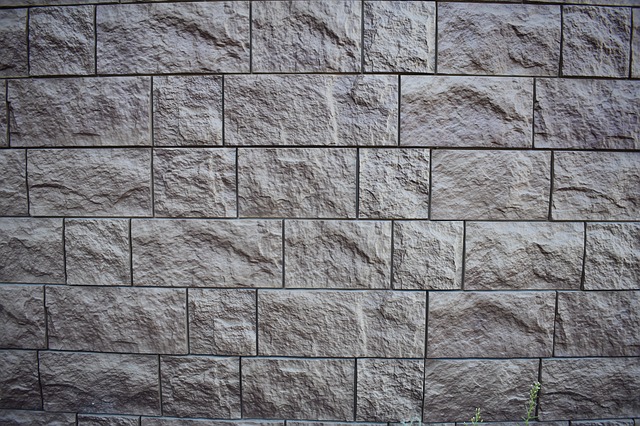
The tiles are used for covering the floor and walls.
The concept of tile has two meanings in the dictionary of the Royal Spanish Academy ( RAE ). The first of them, whose etymology refers to the Occitan word baudosa , refers to a string instrument that was used in ancient times .
The most common use of the notion, however, is that which associates the term with the piece of stone , ceramic or other similar material that is used to cover a wall or floor . In this case, the etymological origin is uncertain.
Tile as an instrument
The tile was a plucked string instrument : that is, it had threads that, when vibrating through the action of a plectrum or plectrum, nails or fingers, generated sound . Due to its characteristics, the RAE indicates that it was similar to the psaltery .
The psaltery, in turn, consists of a wooden box, open in its upper area, with numerous rows of metal strings. Furthermore, the tile is often compared to the cytola , the lute and the zither .
In the Middle Ages , the tile was often performed in processions. Over time the instrument fell into disuse and disappeared, so the information we have about it comes from documents from its time.

There are tiles made of different materials.
a slab
Nowadays, when talking about a tile, we usually refer to the object that is used to cover the floor or walls . In this sense, a tile is a slab because it is a flat piece that is used for flooring.
At this point it is interesting to focus on the action of solar . This verb is linked to covering ( covering ) the ground with slabs, bricks, etc. In the specific case of tiles, the laying process can be called tiling or tiling .
The tiles are usually made of stone or ceramic , although there are also tiles made of plastic , glass and other materials. They usually have a rectangular or square shape but there are other possibilities. Their size also varies.
Types of tile
Thanks to their resistance , stone tiles are among the most used. They are generally intended for tiling exterior surfaces; However, they can also be installed in internal spaces.
Granite, marble y board son algunas de las piedras que hacen posible la producción de baldosas. En el caso del mármol, se trata de baldosas más delicadas, debido a que pueden rayarse y quedar marcadas.
Ceramic tiles are also popular. It is common for them to have a vitrified finish or to be treated with some solution to become waterproof and more resistant.
Cement tiles , wooden tiles and metal tiles are other types of tiles that can be found in different environments.
How to tile
Installing the tiles consists of fixing the pieces to the surface of the wall or floor. Generally, for this purpose, a mortar of water , sand and cement or lime is used.
When this mass dries, it achieves great hardness. Thus, the tile placed on the fresh mortar remains adhered and firm. This hardness of the mortar does not prevent heat and weight from being transferred across the surface of the tile in question.
